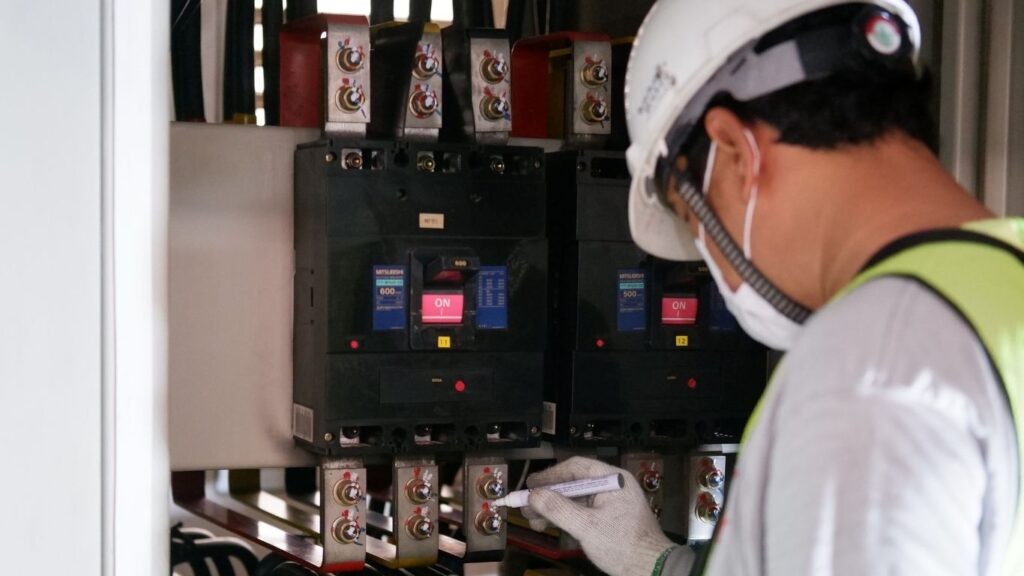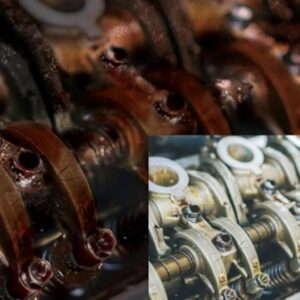
Transformer oil is one of the most crucial components in the operation and safety of high-voltage electrical equipment. Acting as both an insulator and a coolant, it plays a vital role in ensuring the reliable performance and longevity of power and distribution transformers, circuit breakers, and switchgear.
Without transformer oil, systems would be vulnerable to overheating, arcing, and insulation breakdowns, problems that can lead to costly downtime or even catastrophic equipment failure. In an age of growing energy demands and increasingly complex electrical grids, understanding transformer oils is not just important, it’s essential.
Let’s explore the key functions of transformer oil, the types available, and the common issues and maintenance practices, while also introducing PALCO PAL Powerfluid 20, a trusted solution developed for modern power systems.
Functions of Transformer Oil
Transformer oil is designed to fulfill several critical roles within high-voltage electrical systems:
1. Electrical Insulation
The primary function of transformer oil is to act as an electrical insulator between internal transformer components. It prevents arcing between winding layers and other energized parts. Its high dielectric strength allows safe operation even under intense voltage stress.
2. Efficient Heat Dissipation
Transformers generate substantial heat during operation. Transformer oil serves as a coolant, transferring heat from the windings and core to the outer radiator surfaces. This helps maintain safe operating temperatures and prevents thermal damage.
3. Moisture Prevention
Moisture is a significant threat to insulation. Transformer oil acts as a barrier against atmospheric humidity and helps keep the cellulose insulation dry. Low water content ensures high breakdown voltage and electrical safety.
4. Arc and Corona Suppression
In the event of electrical faults or switching, arcs may occur. Transformer oil helps to quench and suppress these arcs, minimizing damage and helping maintain safe operations.
5. Sludge and Oxidation Resistance
High-quality transformer oil resists oxidation, delaying the formation of acids and sludge that can degrade performance and shorten equipment life.
Types of Transformer Oils
Different electrical systems demand oils with different properties. Transformer oils can be classified into the following types:
1. Mineral-Based Transformer Oils
These are the most commonly used oils, refined from crude petroleum. They are known for:
- Excellent insulating capabilities
- Good thermal conductivity
- Cost-effectiveness
Mineral oils are widely used in general-purpose power and distribution transformers.
2. Synthetic Transformer Oils
Synthetic oils offer superior thermal stability, longer service life, and improved oxidation resistance. They are best suited for:
- High-load or high-voltage environments
- Enclosed substations
- Critical infrastructure where fire safety and reliability are paramount
3. Bio-Based Transformer Oils
Bio-transformer oils are derived from vegetable esters and are increasingly used in environmentally sensitive areas.
- Biodegradable and non-toxic
- Naturally high fire point
- Ideal for use in green buildings, tunnels, wind farms, and solar energy systems
PALCO PAL Powerfluid 20: Trusted Performance for Modern Systems
A standout in the mineral oil category is PALCO PAL Powerfluid 20, a transformer oil specially engineered by Paras Lubricants Limited to meet the evolving needs of modern electrical infrastructure.
Why It Stands Out:
- Formulated from highly refined mineral oil
- Offers excellent electrical insulating properties
- Maintains fluidity even at low temperatures (as low as -6°C)
- Delivers high flash point for low evaporation and added safety
- Ensures minimal power loss and reliable dielectric strength
Applications:
PAL Powerfluid 20 is recommended for:
- Power and distribution transformers (medium to extra high voltage)
- Oil-immersed circuit breakers
- Switchgears
- Low-maintenance or maintenance-free transformer installations
It conforms to IS 335-1993 (Reaffirmed 2005) specifications and is available in 210L, 50L, and 20L packaging options.
PAL Powerfluid 20 is not suitable for systems that require non-flammable or synthetic dielectric fluids, but it is ideal for all mineral oil-compatible equipment.
Common Issues & Maintenance
Even the most robust transformer oils degrade over time due to operational stress, exposure to oxygen, and contamination. Recognizing and managing these issues through proper maintenance is vital for equipment longevity.
1. Common Issues
a) Moisture Contamination
Moisture lowers dielectric strength and can lead to insulation breakdown or flashover. Moisture enters through breathers, tank seals, or leaks and must be kept in check.
b) Oxidation & Sludge
Oxygen reacts with the oil over time, forming acids and sludge. This leads to:
- Restricted oil flow
- Reduced cooling performance
- Corrosion of metallic parts
c) Acidity & Dielectric Breakdown
A rise in neutralization number (acidity) indicates oil aging. Acidic oil accelerates insulation degradation and reduces dielectric capacity.
d) Gas Formation
Internal arcing or hotspots generate gases such as hydrogen and methane. Regular Dissolved Gas Analysis (DGA) can reveal developing faults long before failure occurs.
2. Maintenance Best Practices
To ensure continued performance and safety, transformer oil should be routinely monitored and maintained. Key maintenance activities include:
• Periodic Oil Testing
- Breakdown Voltage Test: To check dielectric strength
- Moisture Content Test: Karl Fischer method for accurate moisture measurement
- Acid Number Test: Detects oil aging
- Interfacial Tension: Indicates presence of polar contaminants
- DGA (Dissolved Gas Analysis): Detects developing internal faults
• Oil Filtration and Reconditioning
Removes dissolved moisture, particulate contaminants, and sludge. This can significantly extend oil life and improve performance.
• Breather and Sealing Maintenance
Ensure silica gel breathers are regularly replaced and tank seals remain tight to prevent moisture ingress.
• Oil Top-Up and Replacement
If oil degradation exceeds limits, replacing it with a fresh, high-quality product like PAL Powerfluid 20 restores dielectric and cooling properties.
Therefore, Transformer oil is not a mere fluid, it is a critical operational element that directly affects the reliability, safety, and efficiency of electrical systems. Its ability to insulate, cool, and protect cannot be compromised.
Understanding the core functions, selecting the appropriate type, and implementing consistent maintenance can significantly extend transformer life and reduce the risk of unexpected failures.
For applications where long-term reliability and compliance with Indian standards matter, PALCO PAL Powerfluid 20 is a trusted solution, designed to perform under stress, across seasons, and through the demanding voltage loads of today’s power networks.
For expert advice and high-quality products, don’t hesitate to visit Palco’s Official Website (www.palco.co.in) or contact directly at the Email: enquiry@palco.co.in & Phone: +91 93117 94519.




 Enquire now
Enquire now